Should female cats be spayed? Does spaying bring any benefits to cats? Or does it negatively impact their psychology? These are common concerns among cat owners. However, the following explanations will help you understand that spaying is one of the ways to protect your cat’s health and prevent them from wandering away from home.
1 Should Female Cats Be Spayed?
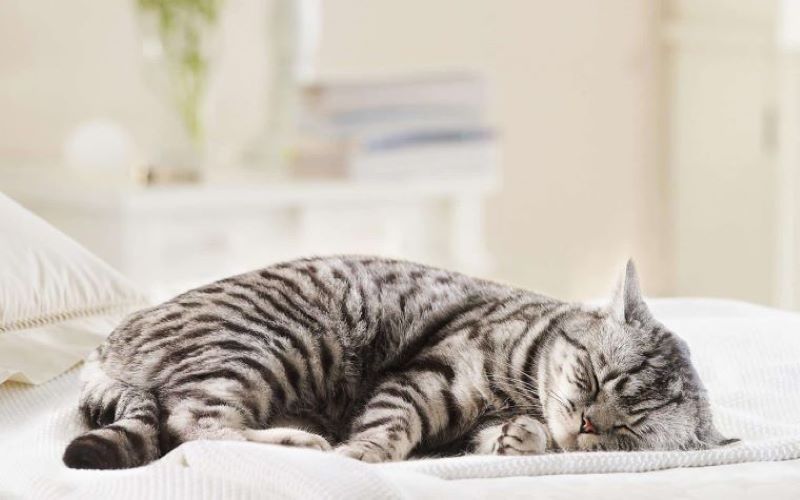 Should female cats be spayed?
Should female cats be spayed?
The answer is yes, and there are several benefits to spaying your female cat, including:
Spaying reduces the risk of your cat contracting infectious diseases, especially rabies, which can be transmitted during mating with stray cats. It also helps prevent the spread of other ailments, such as fungal infections and fleas.
Spaying is a way to reduce the chances of unwanted pregnancies, excessive litters, and uncontrolled breeding.
It also deters your cat from wandering off and getting lost or trapped, lessening the occurrence of noisy nighttime howling, loss of appetite, and depressed behavior.
Reference: Most accurate method
2 When Should Female Cats Be Spayed?
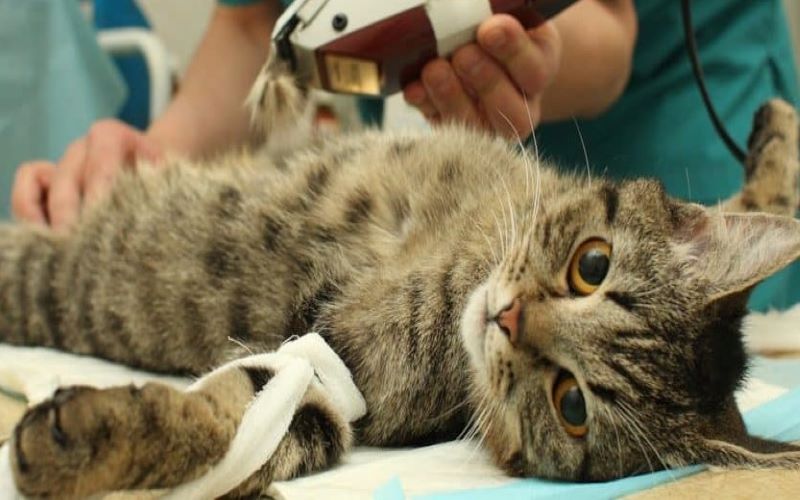 When is the right time to spay a female cat?
When is the right time to spay a female cat?
The timing of spaying depends on the owner’s intentions. If you don’t plan on breeding your cat, it is recommended to spay her just before her first heat cycle, approximately 5-7 days beforehand, ensuring she is not already pregnant.
However, if you wish to let your cat experience motherhood once, you should spay her immediately after her kittens are one month old. If you delay, she may quickly become pregnant again, even while still nursing.
3 Precautions Before Spaying a Female Cat
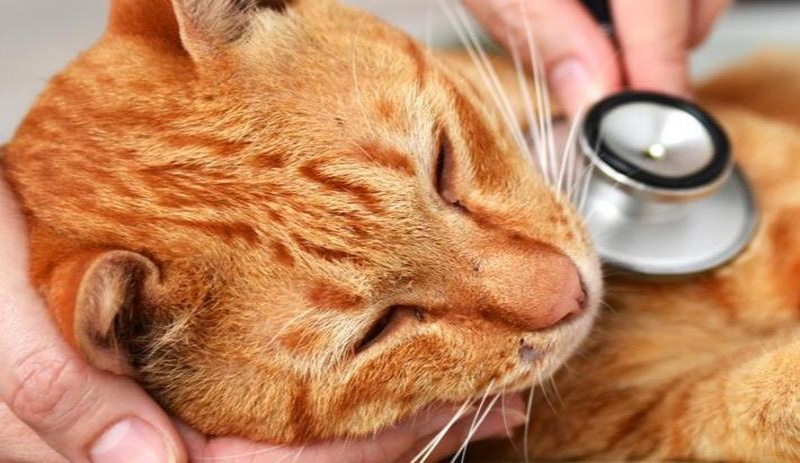 Monitor your cat’s health before spaying
Monitor your cat’s health before spaying
It is crucial to closely monitor your cat’s health before spaying. Ensure she is in good health, eating normally, and showing no signs of coughing or vomiting.
Withhold food from your cat for 6-8 hours before the procedure as anesthesia will be administered during the surgery, and eating beforehand can be dangerous.
If your cat is pregnant or suspected to be pregnant, do not proceed with spaying. For added peace of mind, consult a veterinarian to perform an ultrasound and confirm whether your cat is pregnant.
About a week before the surgery, ensure your cat receives the necessary vaccinations for feline leukemia, infectious tracheobronchitis, and respiratory disease. Also, maintain your cat’s hygiene in preparation for the procedure.
4 Caring for Your Female Cat After Spaying
After the spaying procedure, your cat will be observed at the clinic for about an hour before you can take her home.
At home, provide a clean, dry, and wind-protected space for your cat to rest. Ensure that other pets in the household do not disturb her during her recovery. Also, keep an eye on her to prevent licking or tampering with the surgical site.
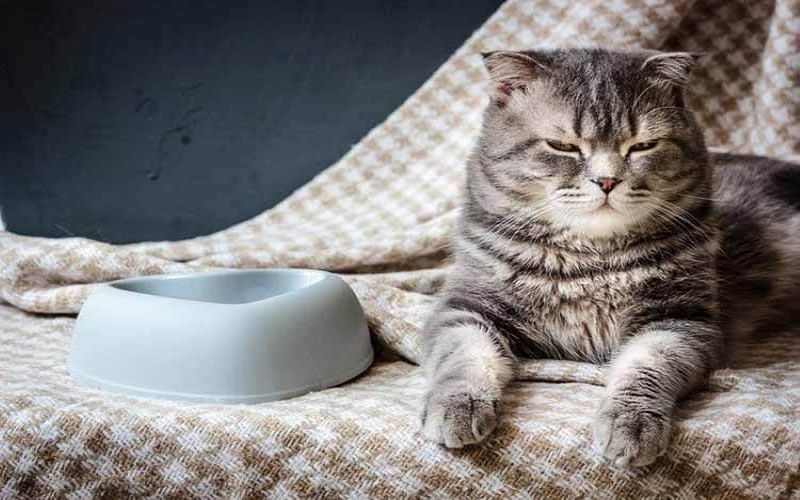 Provide a balanced diet for your cat after surgery
Provide a balanced diet for your cat after surgery
Offer your cat a nutritious and balanced diet to support her recovery, but avoid giving her strong-smelling or pungent food as her digestive system may still be delicate after the procedure.
Feed your cat soft or mashed food for a few days, and ensure her food and water bowls are clean and easily accessible near her resting place.
Three days after the surgery, take your cat for a check-up so the veterinarian can examine the incision and administer any necessary medications. Typically, stitches are removed about a week later when the wound has dried and healed.
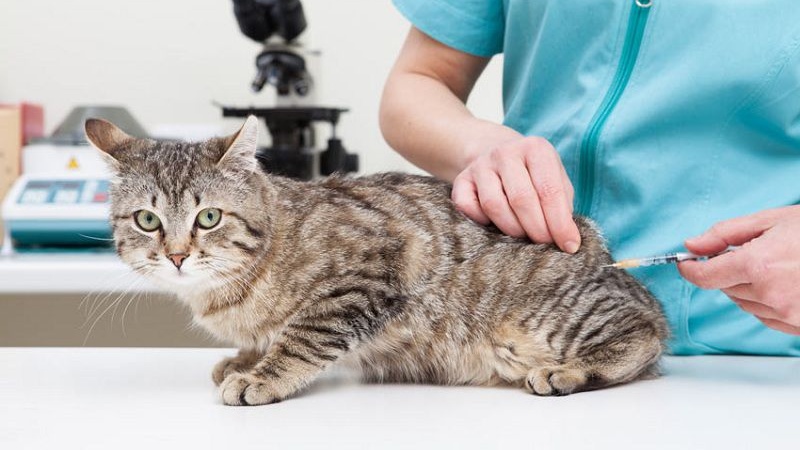 Regular veterinary check-ups are important
Regular veterinary check-ups are important
In the days following the surgery, pay close attention to your cat, especially the incision site. If you notice any abnormalities such as swelling, redness, or rupture, take your cat to the veterinarian immediately.
5 Spaying Costs and Veterinary Clinics
Spaying Costs
The cost of spaying typically ranges from 250,000 to 500,000 VND, depending on the cat’s specific health condition and the veterinarian’s assessment.
Veterinary Clinics for Spaying
In Ho Chi Minh City:
- Dogily Vet Clinic: 606/121 3/2 Street, Ward 14, District 10
- Petcare Veterinary Hospital: 124A Xuan Thuy Street, Thao Dien Ward, District 2
- Family Vet Clinic: 72 Huu Nghi Street, Binh Tho Ward, Thu Duc City
In Hanoi:
- PetHealth Veterinary Hospital: 192 Nguyen Xien Street, Ha Dinh, Thanh Xuan
- Hanoi Petcare Veterinary Clinic: 106/19 Tran Quang Dieu Street, Dong Da District
- Community Veterinary Clinic, Faculty of Veterinary Medicine, Vietnam National University of Agriculture: Ngo 64 Ngo Xuan Quang, Trau Quy, Gia Lam
We hope that this information has equipped you with the knowledge to care for your female cat after spaying and highlighted the benefits of the procedure. Don’t forget to share this article if you found it helpful!






























